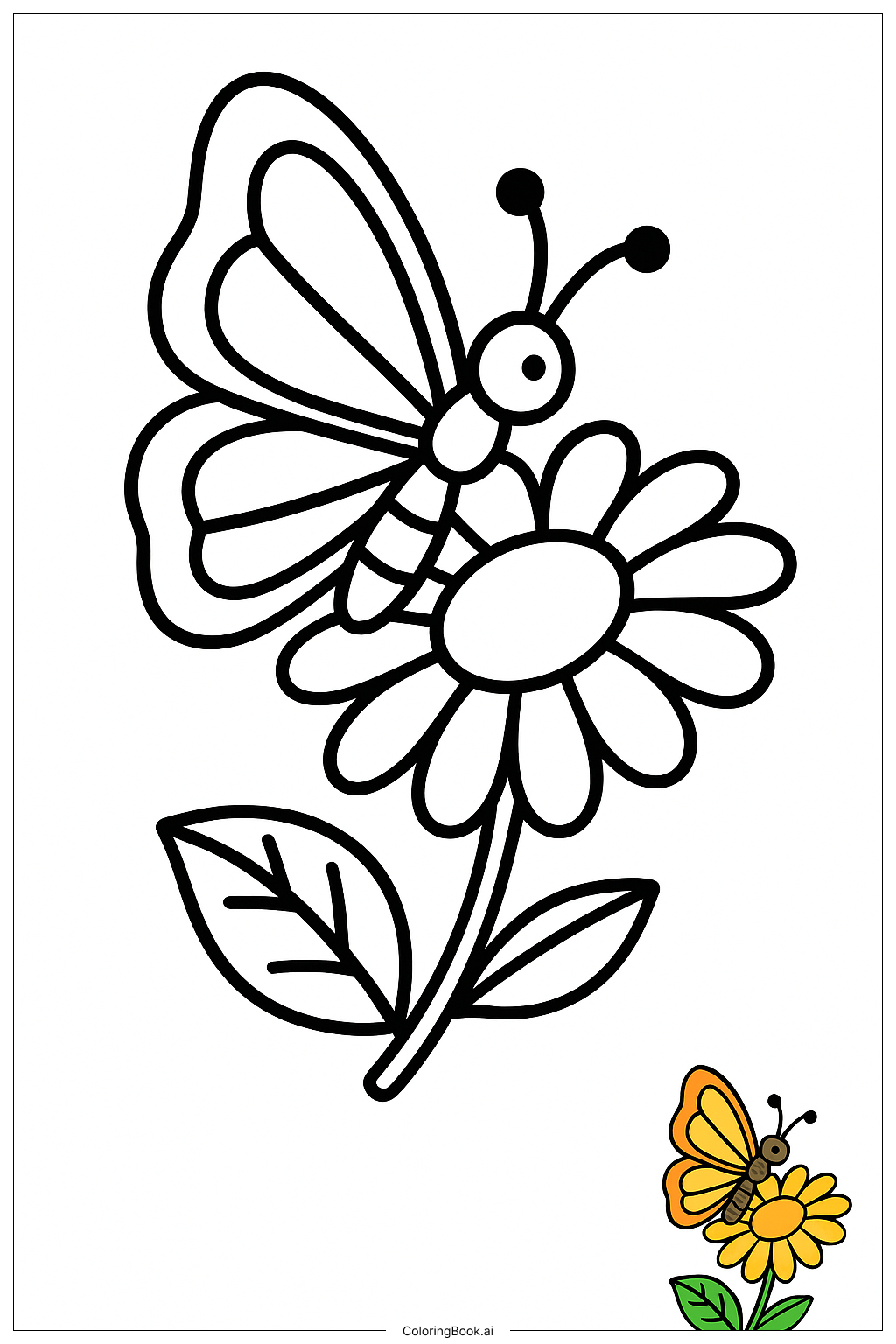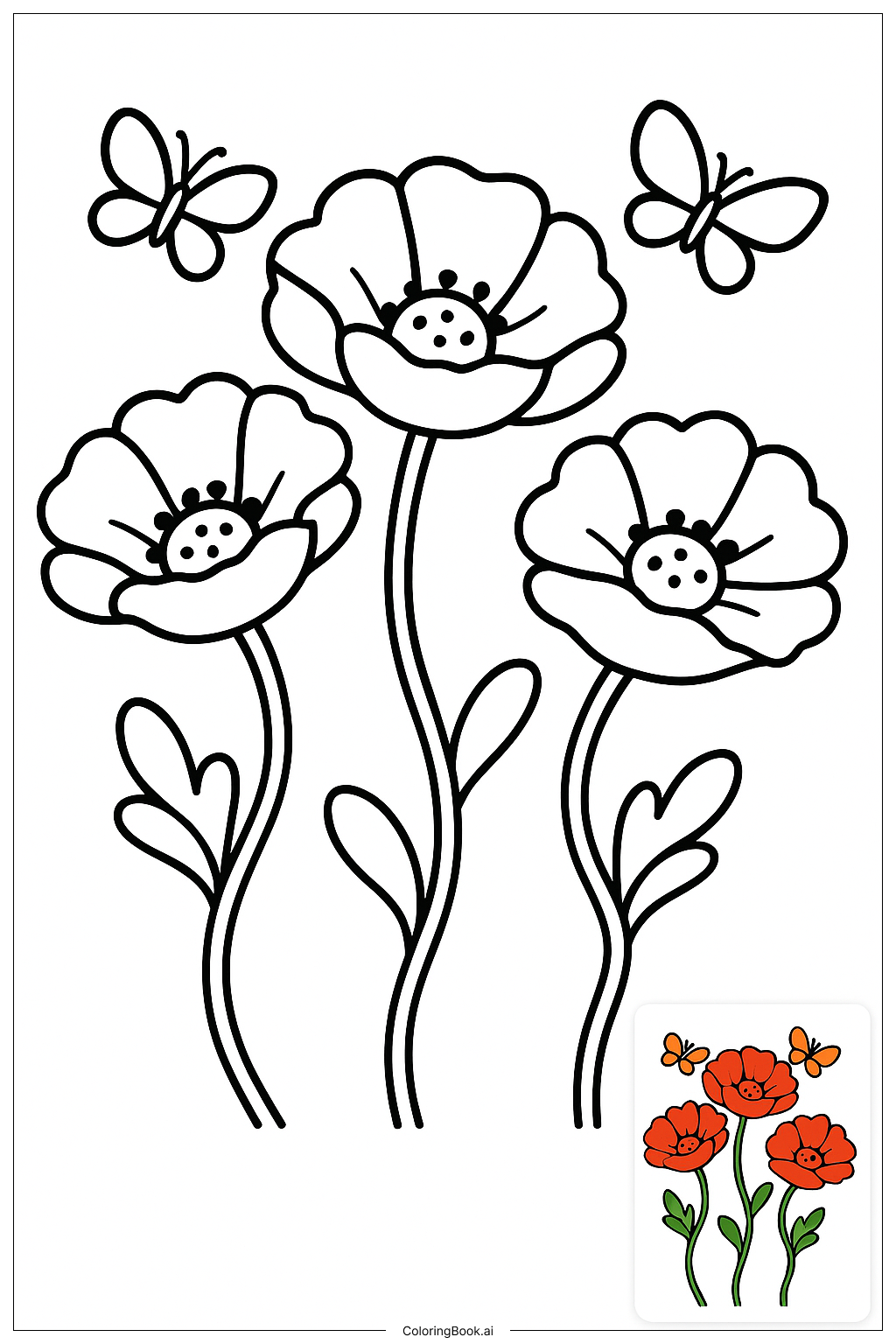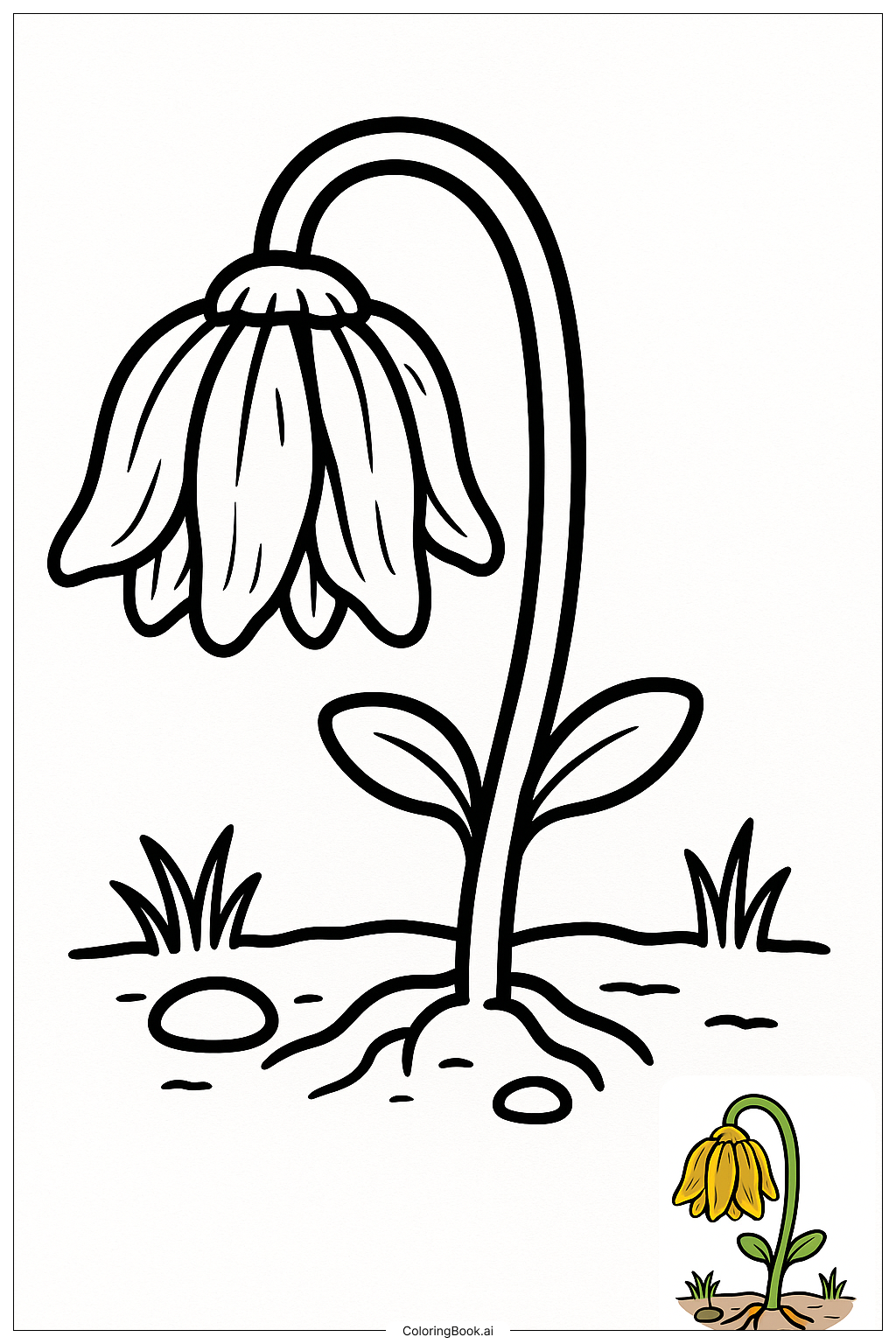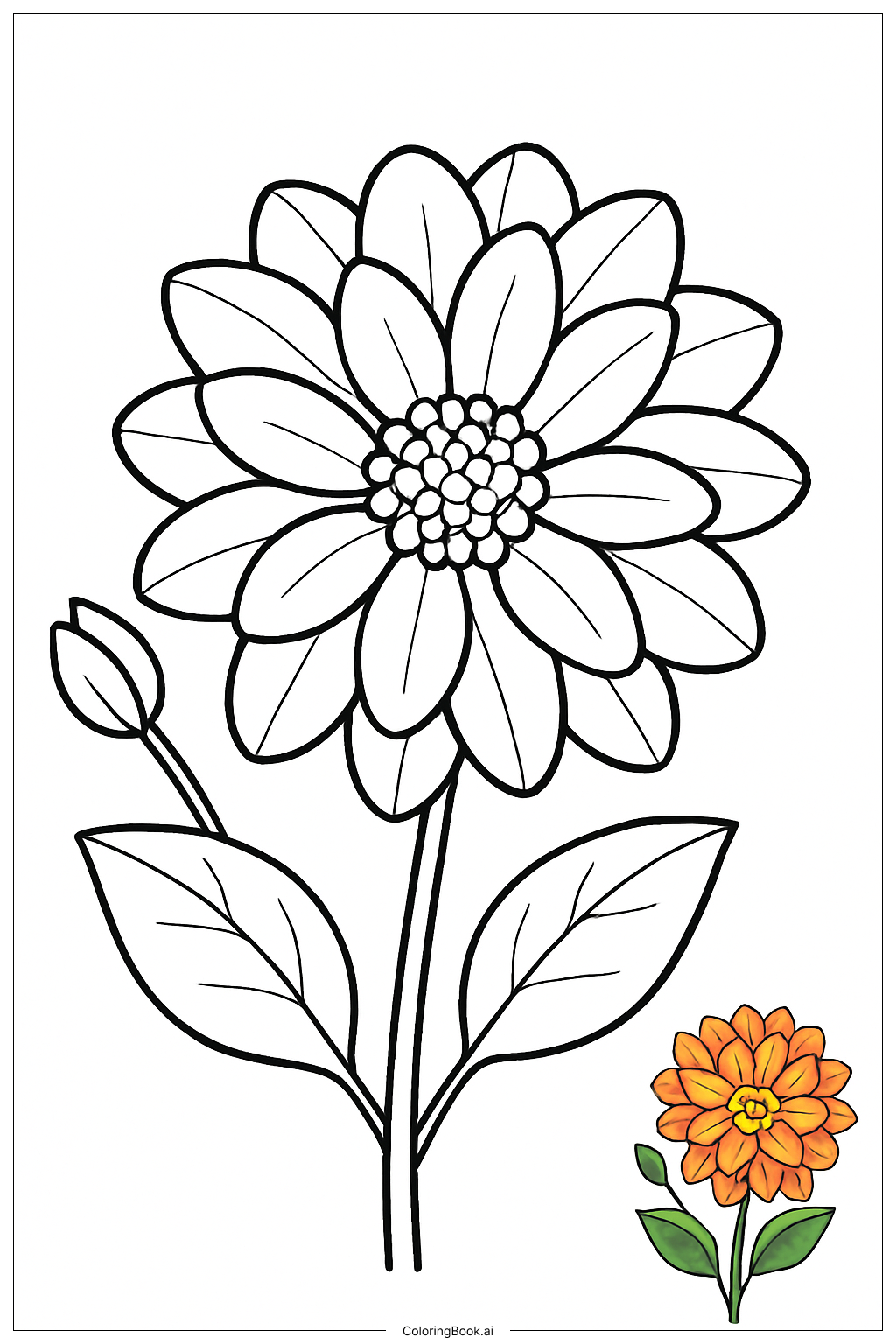Coloring tips: How to color Butterfly Resting On Daisy Petal coloring page well?
For the butterfly, you can use bright colors like orange, yellow, or blue to make its wings vibrant. The daisy can be colored in shades of white for the petals and a bright yellow for the center. Use green for the leaves to represent freshness. You can also add a background by coloring the sky a light blue and adding some grass at the bottom for depth. Feel free to experiment with color combinations to make the scene lively and cheerful!
Coloring challenges: Which parts are difficult to color and need attention for Butterfly Resting On Daisy Petal coloring page?
1. The Butterfly's Details: The butterfly has many small patterns on its wings. Coloring these tiny areas can be tricky, especially for younger children. Use small crayons or markers to fill in those spaces carefully.
2. Blending Colors: Children may want to blend colors for a gradient effect on the butterfly. This can be a challenge, as it requires practice to achieve smooth transitions between colors. Encourage them to practice blending techniques before starting.
3. Petal Overlap: The daisy petals overlap, making it important to choose the right colors to avoid confusion. Children should be careful not to color the overlap areas too dark, or it may look messy.
4. Close Attention to Shapes: Each part of the flower and butterfly has distinct shapes. Children will need to pay attention to these shapes to color them accurately. Taking time to notice the differences can enhance their observation skills.
Benefits of coloring books: Advantages of drawing Butterfly Resting On Daisy Petal coloring page
Coloring this picture of a butterfly and daisy brings many benefits. First, it enhances fine motor skills as children practice holding crayons and coloring inside the lines. This helps improve their hand-eye coordination. Second, coloring allows kids to express their creativity. They can choose any colors they like, which boosts their confidence in making decisions. Third, this activity promotes relaxation. Coloring can be calming, reducing stress and anxiety. Finally, it encourages a love for nature. As children color, they may become more curious about butterflies and flowers, inspiring them to explore the outdoors.




